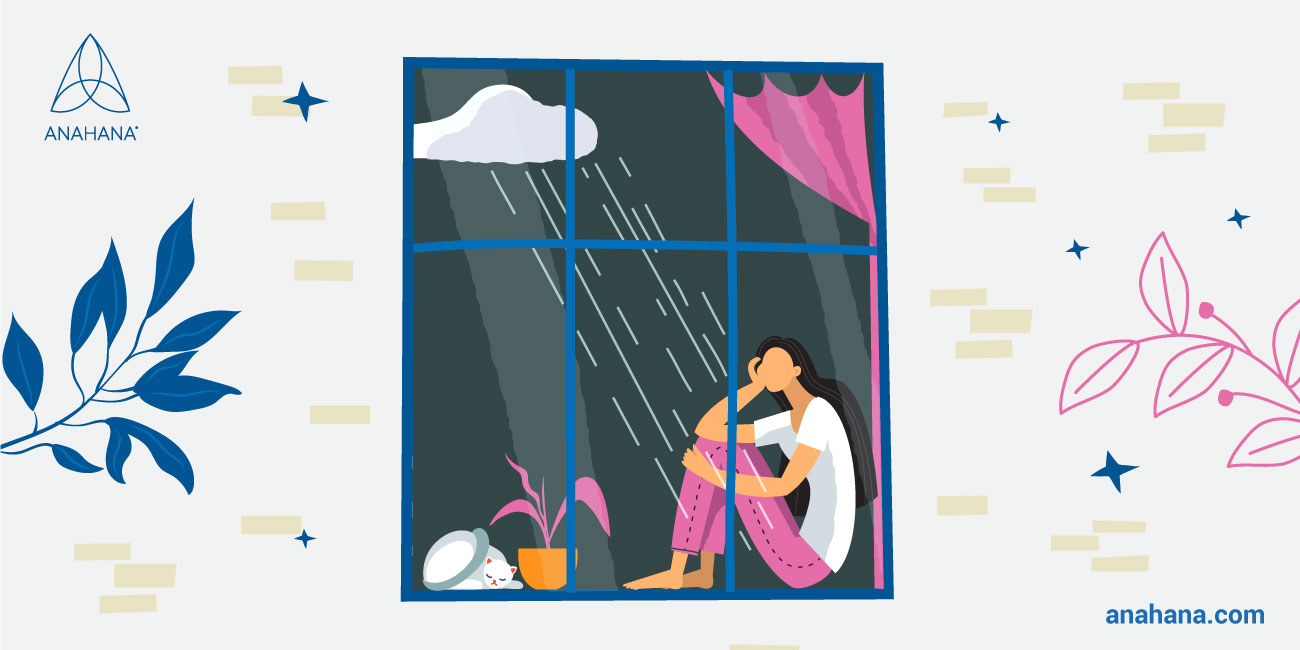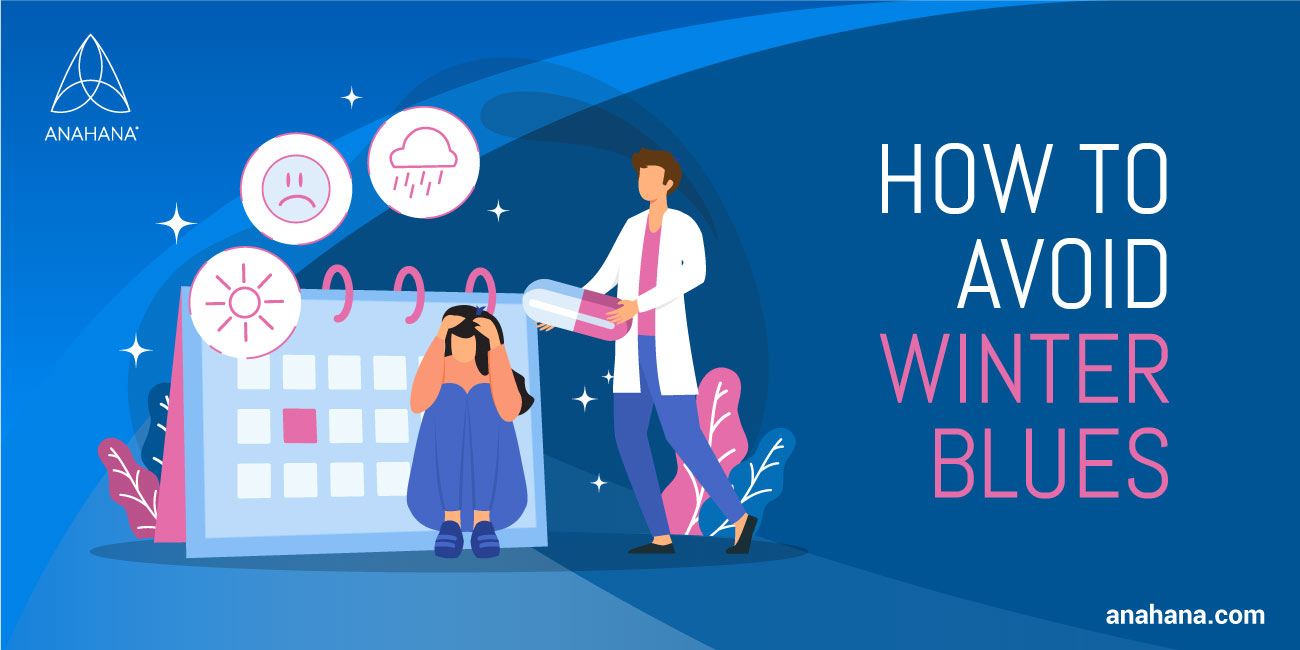
Table of Contents
Also known as SAD, it is a seasonal affective disorder often seen in the winter months which mimics symptoms of depression.
Key Takeaways
- Seasonal affective disorder (SAD) is a type of major depression linked to seasonal changes, especially winter depression or summer depression.
- SAD symptoms include changes in sleep patterns, low energy, and social withdrawal, similar to major depressive disorder and bipolar disorder.
- Treatments include light therapy, talk therapy, and support from a mental health professional.
- Winter blues occur in early winter, while summer depression appears in early summer.
- Mental health conditions like SAD are manageable with proper treatment.
- Seasonal affective disorder symptoms are worsened by lack of sunlight, affecting mood and sleep.
What is Seasonal Affective Disorder
Seasonal affective disorder, or “SAD,” is a type of depression that appears with a change in seasons. Seasonal affective disorder may be more commonly known as seasonal depression, winter depression, or winter blues. Seasonal affective disorder brings on significant changes in mood and behavior.
SAD is most often in the winter when the daylight hours get shorter. Seasonal affective disorder rarely affects people in the spring and summer months. For both winter and summer seasonal affective disorder, symptoms will appear and leave around the same time every year. Symptoms will usually start as mild at the beginning of the change in season, such as in autumn, and then will become the most severe in the middle of the season, such as winter.
What are the SAD symptoms?
For both summer and winter seasonal affective disorder, symptoms follow a seasonal pattern; therefore, they will appear during the start of a season and ease up at the end of the season.
For winter seasonal affective disorder (the most common SAD), people will often begin feeling down and have low energy in late fall or early winter. People may start to sleep more and experience more fatigue during the day. Other symptoms include feeling sad and crying more than usual, having feelings of hopelessness, and suicidal thoughts. People may feel less interested in participating in activities they previously enjoyed, and they may start withdrawing from friends and family. Other symptoms are weight gain, overeating, especially starchy and sweet foods, and carbohydrate cravings. Symptoms of winter SAD will often start to disappear in spring or early summer.
People who experience seasonal affective disorder in the summer months may have different symptoms than those who experience seasonal affective disorder in the winter months. These symptoms can include increased anxiety or irritation, irritability, trouble sleeping and insomnia, and weight loss.
What are the causes of Seasonal Affective Disorder?
 For winter seasonal affective disorder, the most common cause is decreased sunlight due to shorter daylight hours. Reduced exposure to sunlight can cause chemical changes in the brain, which may lead to the symptoms of SAD. Reduced exposure to sunlight may affect serotonin activity, leading to depression symptoms. Serotonin is a brain chemical that affects mood, digestion, sleep, bone health, and other body functions. Low serotonin levels are associated with mood disorders and mental health conditions, including depression and anxiety, as well as sleep and digestive problems.
For winter seasonal affective disorder, the most common cause is decreased sunlight due to shorter daylight hours. Reduced exposure to sunlight can cause chemical changes in the brain, which may lead to the symptoms of SAD. Reduced exposure to sunlight may affect serotonin activity, leading to depression symptoms. Serotonin is a brain chemical that affects mood, digestion, sleep, bone health, and other body functions. Low serotonin levels are associated with mood disorders and mental health conditions, including depression and anxiety, as well as sleep and digestive problems.
Shorter days can also cause disturbances in sleep and wake patterns (circadian rhythm) and changes in the levels of melatonin that your body produces. An overproduction of melatonin due to decreased sunlight can cause increased sleepiness and drowsiness.
For summer SAD, symptoms could begin in early spring or summer. During the summer months, the body may not produce enough melatonin. Decreased levels of melatonin can cause the symptoms of insomnia, anxiety, and irritability seen in summer seasonal affective disorder. Other symptoms include high-stress levels and reduced appetite.
Risk factors in developing Seasonal Affective Disorder
The presence of another mood disorder, such as major depressive disorder or bipolar disorder, can increase your risk of experiencing seasonal affective disorder. In addition, having family members with a seasonal affective disorder or other mood disorders may make you more susceptible to seasonal affective disorder.
Living farther away from the equator may also play a role, as there are more extreme changes between seasons and daylight hours. Daylight hours become much shorter in the winter and much longer in the summer. In addition, living farther from the equator means that there is less sunlight during the winter months. Lastly, living in a cloudy climate with limited direct sunlight exposure can also increase the chance of experiencing the seasonal affective disorder.
What are the treatments for Seasonal Affective Disorder?
 One treatment option for seasonal affective disorder in the winter is bright light therapy. Light therapy involves exposing yourself to bright artificial light each day. Specific lights and equipment, such as a light therapy box, are made for light therapy.
One treatment option for seasonal affective disorder in the winter is bright light therapy. Light therapy involves exposing yourself to bright artificial light each day. Specific lights and equipment, such as a light therapy box, are made for light therapy.
Exposing yourself to natural light as much as possible during the winter months is also beneficial. Exposure to sunlight helps our body produce vitamin D. Therefore, people living in climates with limited sun exposure may benefit from taking a vitamin D supplement.
Eating a balanced diet and exercising regularly can also help with the symptoms of seasonal affective disorder. Ensuring you get enough sleep is essential for maintaining a proper sleep cycle.
Other treatments may include yoga, meditation, or mindfulness exercises. Meditation and mindfulness exercises can help you to acknowledge and understand your feelings and emotions. Meditation can also help to increase your levels of serotonin. Yoga can help you to connect your mind and body and help you to become aware of the changes that are occurring as seasons change. Yoga and meditation can also help manage stress levels and be a form of physical activity, which can help with symptoms of SAD.
Psychotherapy, a form of talk therapy, may also help people experiencing the seasonal affective disorder. Lastly, some people may find that antidepressant medications such as selective serotonin reuptake inhibitors may help with seasonal affective disorder.
Frequently Asked Questions About Seasonal Affective Disorder
How do I know if I have SAD?
- Practicing mindfulness and checking in with your mood and emotions can help you understand your moods and feelings and how they change throughout the year.
- Take note if you experience significant mood changes with certain seasons.
- You may also notice that with specific seasons, especially winter months, there are changes in your sleep patterns, appetite, or energy levels.
- Be open to discussing these changes with your doctor or mental health professional.
How do you get diagnosed with the seasonal affective disorder?
- A doctor or mental health professional would look at your symptoms, personal fan family history, and lifestyle.
- Doctors will often look to see if the symptoms occur at the same time of year (for example, during fall/winter) for at least two years.
Are there other names for seasonal affective disorder?
- The seasonal affective disorder can also be known as:
- Winter blues
- Winter depression
- Seasonal depression
- SAD
- Summer depression
References
NIMH » Seasonal Affective Disorder
Seasonal affective disorder (SAD) - Symptoms and causes - Mayo Clinic
Seasonal Affective Disorder (SAD) | CAMH
Seasonal Affective Disorder | Johns Hopkins Medicine
Summer SAD: How to Tell If You Have It
Seasonal Depression (Seasonal Affective Disorder)
7 Mindful Methods to Deal with Seasonal Affective Disorder
Lighten Up: Yoga for Seasonal Depression
Five tips for getting through the emotional sludge of winter - Headspace
Serotonin: What Is It, Function & Levels
Disclaimer
The contents of this article are provided for informational purposes only and are not intended to substitute for professional medical advice, diagnosis, or treatment. It is always recommended to consult with a qualified healthcare provider before making any health-related changes or if you have any questions or concerns about your health. Anahana is not liable for any errors, omissions, or consequences that may occur from using the information provided.

By: Anahana
The Anahana team of researchers, writers, topic experts, and computer scientists come together worldwide to create educational and practical wellbeing articles, courses, and technology. Experienced professionals in mental and physical health, meditation, yoga, pilates, and many other fields collaborate to make complex topics easy to understand.
